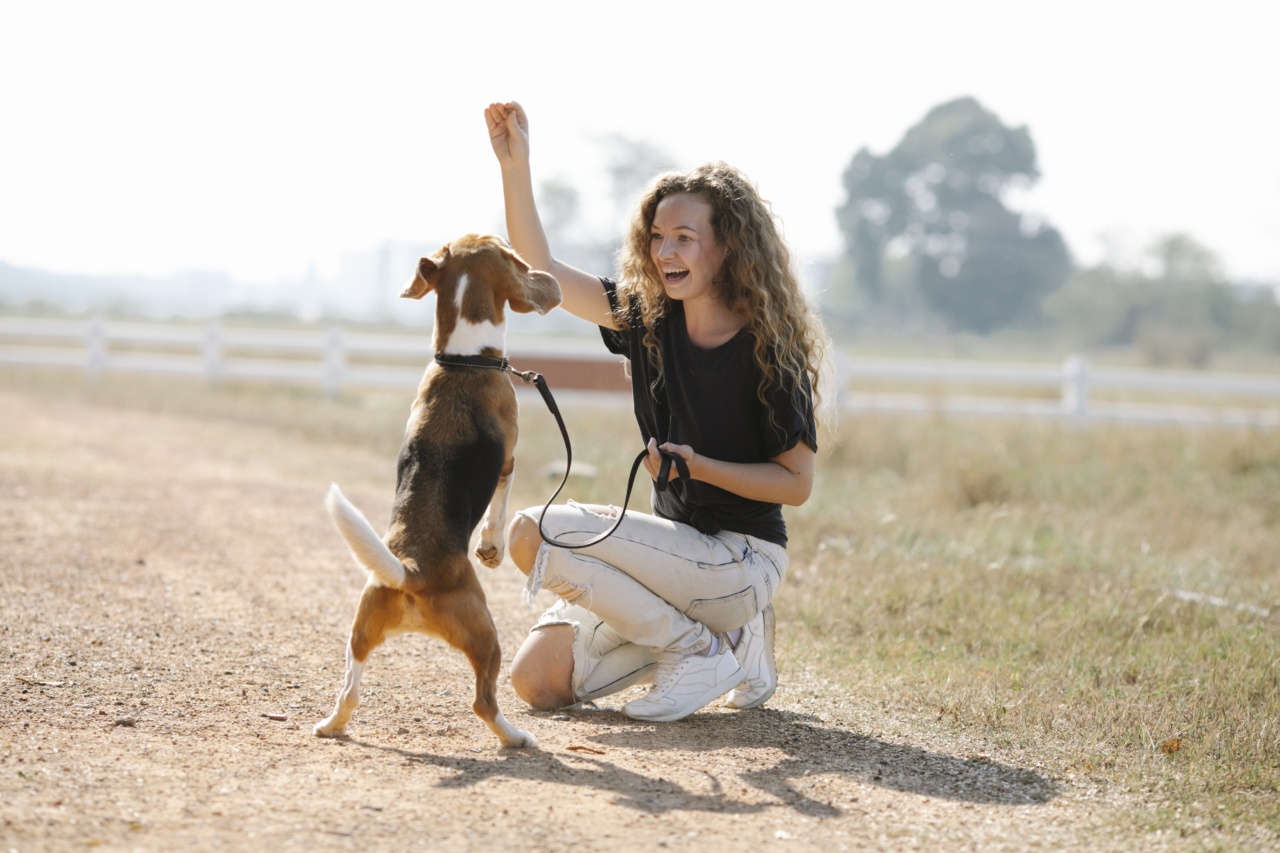Varicose veins are enlarged, twisted veins that usually occur in the legs. They are commonly due to damaged or weak valves in the veins, which causes blood to pool and flow in the wrong direction.
The Impact of Heat on Varicose Veins
Summer heat can exacerbate the symptoms and discomfort associated with varicose veins. Higher temperatures cause blood vessels to dilate, increasing the pressure and stress on weakened veins.
This can lead to more pronounced pain, swelling, and a heavy feeling in the legs.
Preventing Varicose Veins
While some risk factors for varicose veins, such as genetics or age, cannot be changed, there are several steps you can take to reduce your chances of developing or worsening varicose veins:.
- Exercise regularly to improve circulation and strengthen calf muscles.
- Avoid sitting or standing for long periods without taking breaks to move around.
- Maintain a healthy weight to reduce pressure on the veins.
- Elevate your legs whenever possible to alleviate pressure.
- Wear compression stockings, as they help support vein walls and improve circulation.
Treating Varicose Veins
If you already have varicose veins, it is essential to seek medical treatment before summer arrives. Here are some common treatment options:.
1. Sclerotherapy
Sclerotherapy involves injecting a solution directly into the affected veins, causing them to collapse and fade over time. It is a non-surgical procedure that is often used for smaller varicose veins and spider veins.
2. Endovenous Laser Ablation (EVLA)
EVLA is a minimally invasive procedure that uses laser energy to close off and seal the affected veins. This treatment is effective for larger varicose veins and helps redirect blood flow to healthier veins.
3. Radiofrequency Ablation (RFA)
RFA is similar to EVLA but uses radiofrequency energy instead of a laser to heat and seal the affected veins. It is a safe and efficient treatment option for varicose veins.
4. Ambulatory Phlebectomy
Ambulatory phlebectomy is a surgical procedure that involves removing the affected veins through small incisions. It is often performed on large varicose veins that are easily visible on the surface of the skin.
5. Lifestyle Changes
In addition to medical treatments, making certain lifestyle changes can help manage varicose veins:.
- Avoid prolonged sun exposure, as it can further dilate blood vessels.
- Stay hydrated to promote healthy blood flow.
- Avoid tight clothing that restricts circulation.
- Eat a balanced diet rich in fiber to prevent constipation, which can contribute to varicose veins.
When to Seek Medical Help
If you experience severe pain, ulcers, bleeding, or sudden swelling in your legs, it is crucial to seek immediate medical attention, as these may be signs of a more serious condition related to your varicose veins.
Conclusion
Don’t let varicose veins ruin your summer. Take proactive steps to prevent and treat them, ensuring a comfortable and enjoyable season. Consult a vein specialist to discuss the best treatment options for your specific condition.




























